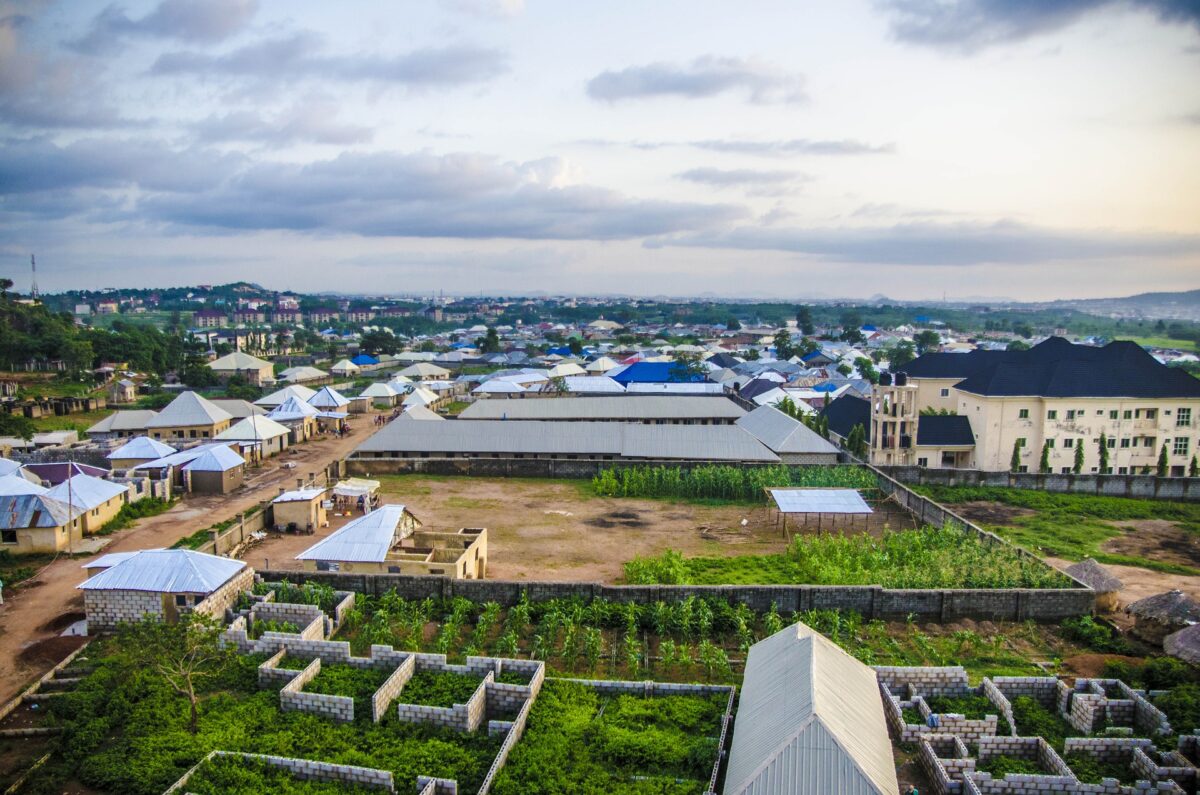A series of four What-If simulations have been conducted in a vulnerable agricultural community in Ghana on sustainable recovery investments that can foster sustainable community development. These simulations were done in collaboration with the Green Climate Fund.
Sustainable community development focuses on interventions to mitigate the negative impacts of climate change while building resilience and improving environmental, social, and economic outcomes within the community. To estimate the impact of recovery investments in sustainable community development, a series of four What-If simulations have been conducted in collaboration with the Green Climate Fund. Investments into the following sustainable community development interventions were simulated:
- Climate-smart agriculture interventions, specifically, crop rotation, mixed cropping,
improved nutrient management, improved genetic resources, and minimum tillage. - Water-efficient drip irrigation to replace flood irrigation systems.
- Installation of solar photovoltaic energy generation.
- Biogas energy generation and compost production by reusing pig manure.
The What-If simulations also estimate the improved economic viability of interventions when sustainable recovery support from the Green Climate Fund and other development partners is provided. Overall, simulation results show that some of the needed investments (such as for climate-smart agriculture and solar power generation) would not be appealing and viable at given market conditions in Ghana and due to long-anticipated payback periods. Since the projects could break even in the medium term and would generate many community benefits, sustainable recovery support at the outset and the early phase of interventions—by providing concessional lending or other financial support measures—would encourage investment decisions from other market participants in times of economic uncertainty.
Further, results show that investments in infrastructure (such as production facilities to convert manure to fertilizer and biogas, and drip irrigation infrastructure) are economically viable but require a large upfront investment that is not easily available to rural communities. The implementation of such infrastructure would create considerable synergies with the investments of farmers and individual economic actors in sustainable agriculture and solar power generation. These synergies are not only relevant for agricultural yields and economic activity but also for employment creation and women’s empowerment.
If all four sustainable community development interventions are implemented together, Ghana will realize a cumulative net benefit of USD 280.7 million. If, in addition, sustainable recovery support is provided by the Green Climate Fund for these interventions, the net benefits would rise to USD 310.3 million in the long term.
Read the overview report for a brief summary of the What-If simulation results.
